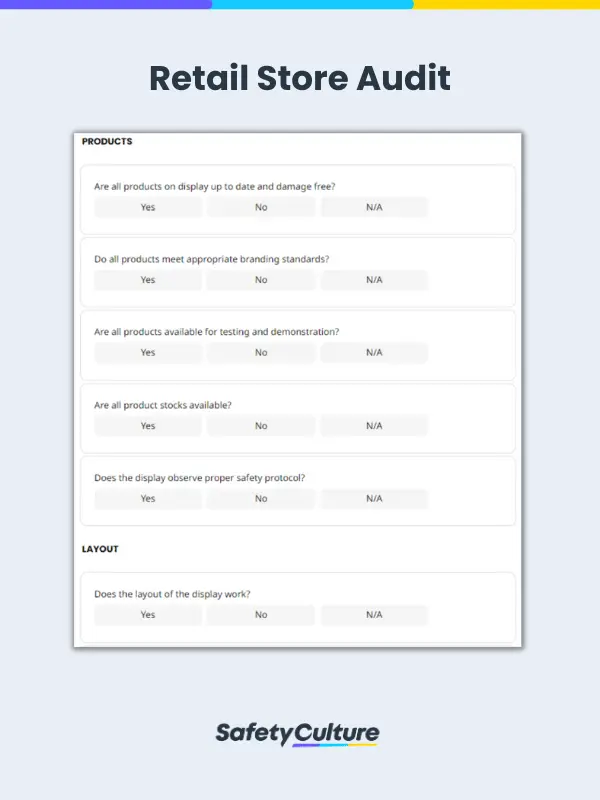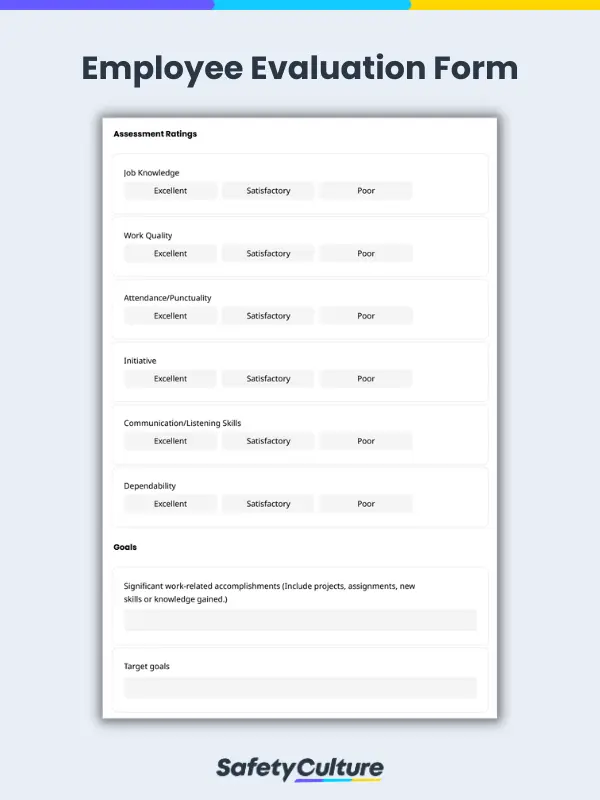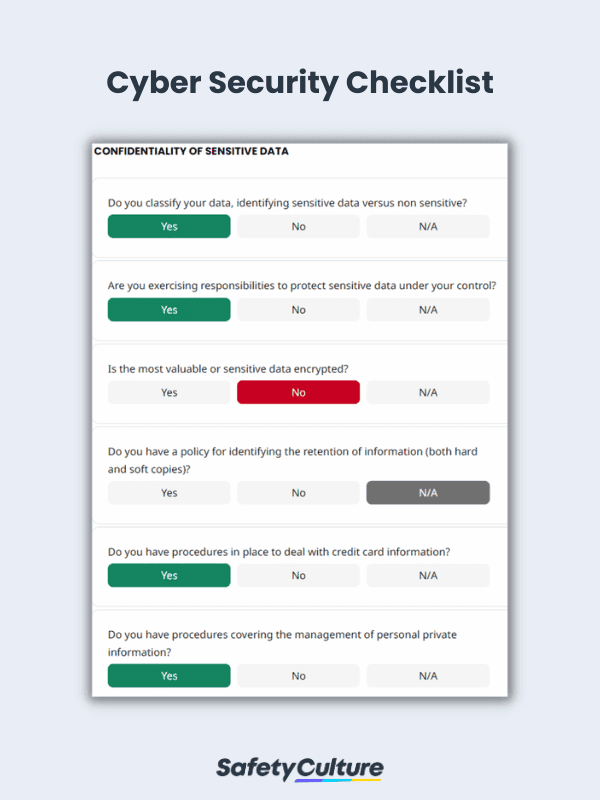What is Loss Prevention?
Loss prevention refers to the strategic efforts enforced by businesses to reduce and prevent losses to their assets and revenue. These losses can include theft, fraud, and operational errors, among other things. Loss prevention involves a variety of strategies and best practices aimed at safeguarding the company’s resources, ensuring operational efficiency, and maintaining profitability.
Is Loss Prevention Differ from Loss Control Inspection?
Yes. A loss control inspection, also known as a loss control survey, is an assessment of a client’s workplace, facilities, equipment, and processes performed by a representative of an insurance company. The goal of this assessment is to identify the ways in which the insurance company can help their client minimize hazards for workers and assets; saving them money by reducing insurance costs and avoiding asset breakdown which leads to lost productivity.
Why is Loss Prevention Important?
Loss prevention is a type of risk assessment and it aims to maximize a business enterprise’s profits by better managing preventable losses. Retail shrink, a preventable loss in the retail industry, cost businesses a total of $46.8 billion in losses due to theft, shoplifting, error, and fraudulent activities.
Loss prevention aims to proactively address this by implementing best practices and strategies.
Loss Prevention Best Practices
Loss prevention best practices or preventive measures can be implemented on three fronts: processes and procedures, systems, and people.
Processes and Procedures
These are the business policies in your company and the standard operating procedures you implement in operations that work together to foster an environment that deters activities that could lead to losses.
Policies that can help prevent loss can be something as simple as house rules to something as stringent as company policies on employee handbooks that outline acceptable behaviour and describe corresponding repercussions for non-compliance.
Another form of procedure that helps prevent losses is the implementation of Business Continuity Plan (BCP) which aims to lay down proactive strategies for uninterrupted business activity even during emergencies.
Systems and Technology
This includes technology for monitoring and surveillance systems used in the business that help monitor operations and maintain the integrity and efficient use of business resources—company assets, sensitive data, products and services—as well as the proper implementation of processes.
Technology can be in the form of CCTVs that track the daily happenings in stores and production floors or monitoring tools used for internal audits and daily inspections of operations. SafetyCulture (formerly iAuditor) is a mobile monitoring tool that allows immediate corrective actions for any non-conformance with business policies and procedures. Used by industry leaders in retail and other fields, SafetyCulture helps establish robust processes that guard businesses against preventable loss.
People
One of the most crucial contributors to loss prevention are the employees. The more aligned employees are with your loss prevention efforts, the more effective are your processes and systems in place to prevent unnecessary loss in the business.
In retail stores and other customer-facing establishments, employees that are engaged with visitors not only help promote a good impression of the business but also can also serve as a deterrent to unwanted activities such as theft, shoplifting, or larceny that can lead to losses.
Loss Prevention Strategies and Tools
Loss can come in many forms and the best way to cover your bases is to address the causes of loss that are prevalent in an industry or a particular area of business. Here are loss prevention strategies and tools you can use for your business to cover retail loss prevention, cyber security and data loss prevention, as well as employee buy-in and competency.
Retail Loss Prevention
Loss prevention is popular in retail because the nature of retail makes it potentially vulnerable to loss if preventive measures are not put in place. For sizable retail establishments, loss prevention officers help ensure that loss prevention measures are followed to minimize retail shrinkage.
Retail shrinkage is the loss of inventory caused by shoplifting, employee theft, vendor fraud, damage, intrusion, unauthorized breaches, administrative error, or cashier error. Retail shrinkage is the difference between what is recorded in the inventory and the actual inventory of the retail establishment. Shrinkage leads to loss of inventory which directly translates to loss of profits as it is something that cannot be sold anymore.
Tools for Retail Loss Prevention
Retail store managers, loss prevention officers, and store employees can work together and use the following tools to help ensure that the retail establishment manages inventory and the daily operations of the store in order to minimize retail shrinkage:
Store Audit Checklist

Retail Store Audit Checklist | SafetyCulture
Store managers can use this store audit checklist to evaluate the store, employees, and store processes. This retail audit checklist can be shared with other store managers and in between shifts to ensure consistent compliance with brand and merchandising standards. Use this checklist to accomplish the following steps that ultimately contribute to the smooth running of the store and retail loss prevention.
- Inspect the product and store layout, promotional materials, and window displays – check if they are up to date, appropriate, and appealing to your customers.
- Assess all employees’ adherence to company protocols, safety and emergency procedures, and check if they demonstrate product knowledge.
- Check if storage materials and electrical systems are in good working condition.
- Summarize observations and affix a digital signature for the store audit report.
- Use the SafetyCulture scheduling feature to make sure you never miss conducting another store audit and watch for trends in analytics to proactively identify potential vulnerabilities to store shrinkage.
- Preview Sample Digital Report
- Preview Sample PDF Report
- More retail checklists here
Risk Assessment
Risk assessment is a strategy to proactively determine risks and come up with preventive measures and mitigation in order to eliminate the occurrence or minimize the negative impact of risks to a business. Incidents and accidents within business premises could lead to losses that could have been prevented in the first place by minimizing the possibilities of those events from occurring. (More risk assessment templates here)
Cyber Security and Data Loss Prevention
Digital and Cyber threats abound as businesses of varying sizes and industry are becoming more reliant on the convenience and interconnectedness brought by digital technology in running day-to-day operations. With the risk of penalties due to noncompliance with industry regulations on data security and the millions of dollars that could be lost to hackers’ ransomware, businesses need to work proactively and be better equipped with managing cyber security and data loss prevention.
Tools for Cyber Security and Data Loss Prevention
IT managers, IT administrators, and IT specialists are responsible for making sure that the computers, networks, and other digital assets of an organization are secure from threats by proactively monitoring the use of computer and data assets. IT teams also put in place processes for cyber security and data loss prevention as well as use the following tools:
Cyber Security Checklist
A cyber security checklist helps assess the current status of cyber security controls within the business. Used by IT professionals to secure company assets and mitigate any threats to continuous operations, this particular cyber security audit checklist is designed to guide IT teams to perform the following which, if properly done, can help prevent losses:
- Evaluate the personnel and physical security of the workplace;
- Check compliance with accounts and data confidentiality;
- Information Assurance;
- Assess disaster recovery plans;
- Evaluate employee security awareness; and
- Validate reports with a digital signature
- Preview Sample Digital Report
- Preview Sample PDF Report
- More cyber security checklists here
Computer Maintenance Checklist
A computer maintenance checklist is used by IT professionals and managers to ensure that computers are working according to expectations. Use this digitized computer maintenance checklists to inspect if the computer’s hardware needs cleaning, repair, or replacement, and check if the software and security features are updated and running. With reports automatically saved using this checklist, IT professionals can make sure that all computer assets are well accounted for and prevent missing inventory or assets. (More computer maintenance checklists here.)
Employee Buy-in and Competency
Employees and their competency are a huge contributor in preventing and keeping losses at a minimum. Businesses should ensure that their employees are aware of the policies and procedures and that they also have their employees’ buy-in to follow those policies and procedures.
Tools for Employee Buy-in and Competency
Employees are key in effective loss prevention efforts as processes and monitoring technology can only do so much without the full cooperation of employees. Here are some tools that can help improve employee buy-in and competency in loss prevention:
Employee Evaluation Form

Employee Evaluation Form | SafetyCulture
This employee evaluation form can be used for employee evaluations to assess employee competencies. Managers and team leaders can use this employee evaluation form to document employee performance, accomplishments, and areas for improvement. Assess the employee’s job knowledge, quality of work, attendance, and productivity. Record the employee’s strongest and weakest points and provide recommendations and, if warranted, commendations that can help boost employee morale. (See more employee evaluation forms here.)
New Employee Onboarding Checklist
Use this new employee onboarding checklist to prepare new hires for work. Check if all onboarding processes were conducted (readiness of employee’s workstation and access tools, orientation on company policies, attendance, employee conduct, job expectations, safety measures, and hand over of employee handbook) with the aim to acclimate new hires to the company’s culture and set job expectations for their respective roles. (More employee onboarding templates here.)
Loss Prevention Tool
As a platform used in implementing and reinforcing business strategies and industry best practices, SafetyCulture can help your business proactively solve issues through actionable insights and integrations with Business Intelligence (BI) platforms. Address potentially expensive problems with corrective actions covered by empowered employees who are trained with the competencies needed for the job, saving your business money and preventing you from incurring losses.




